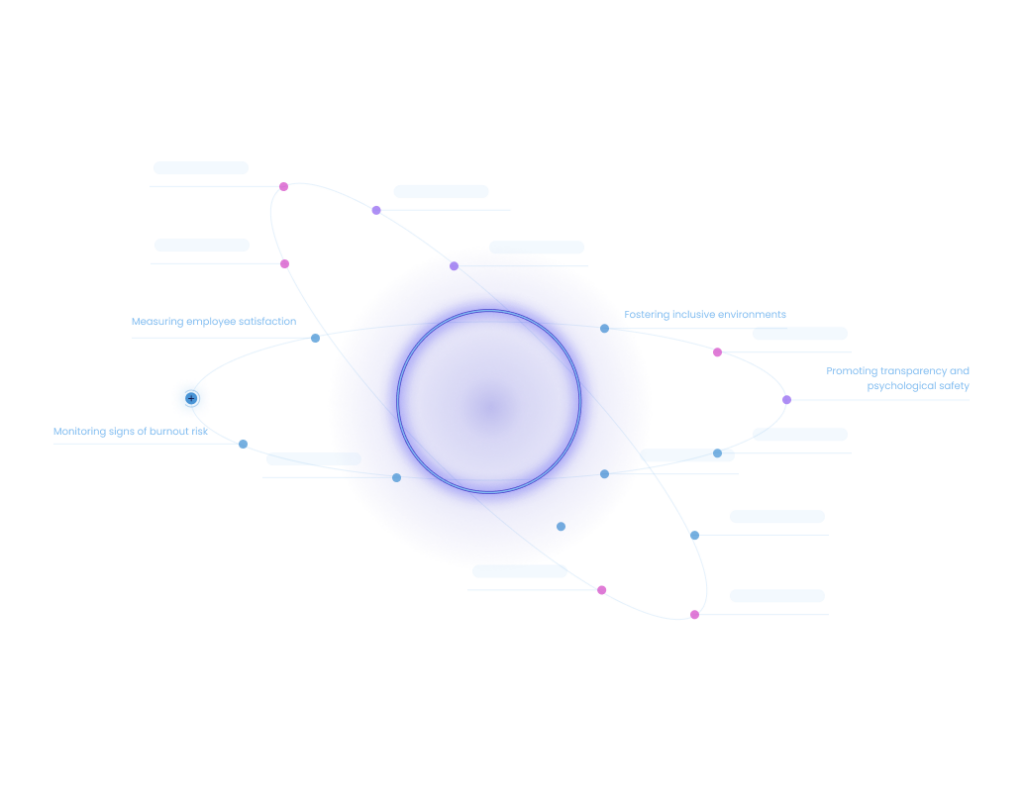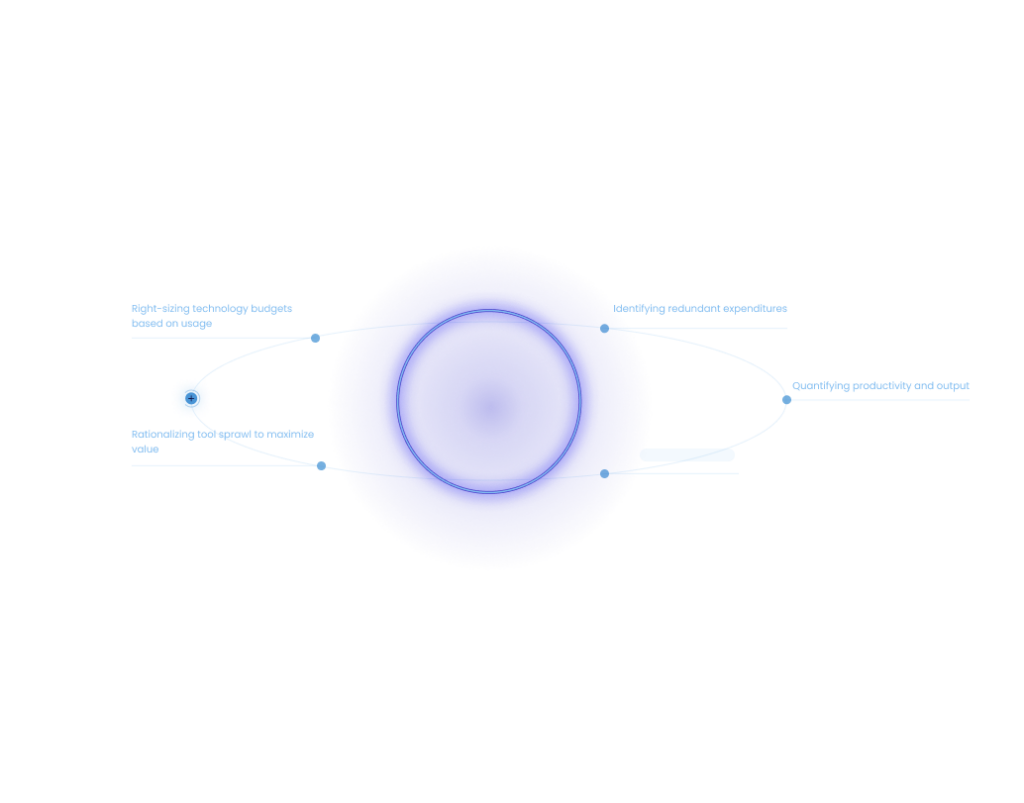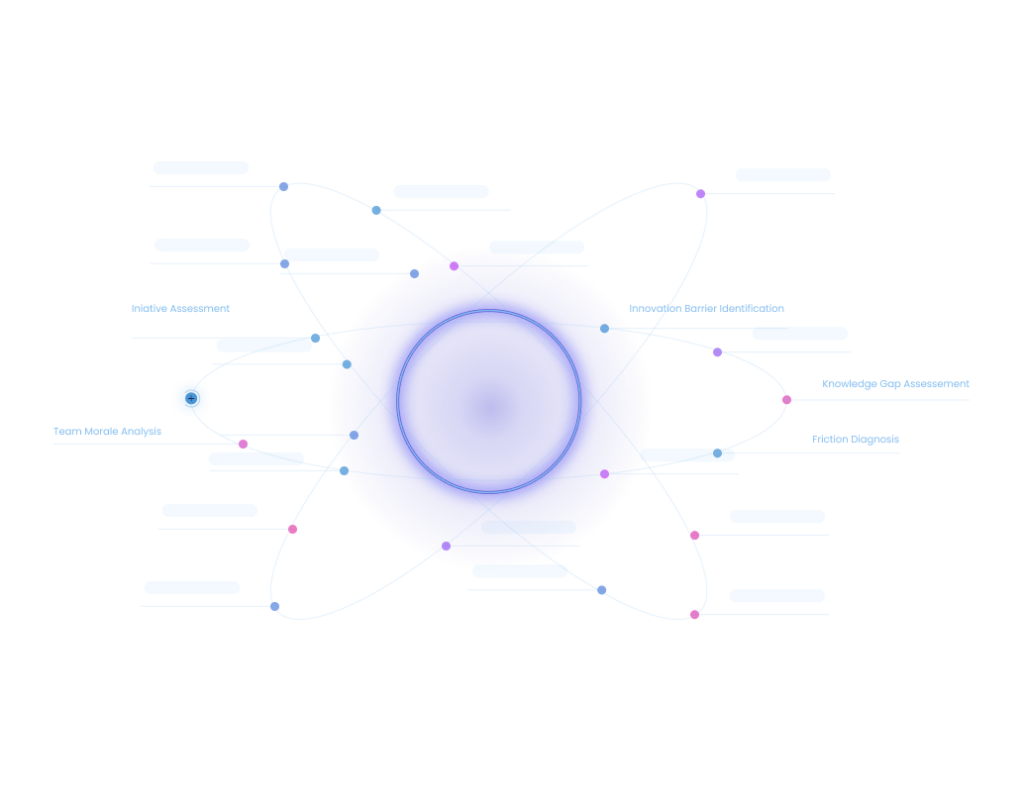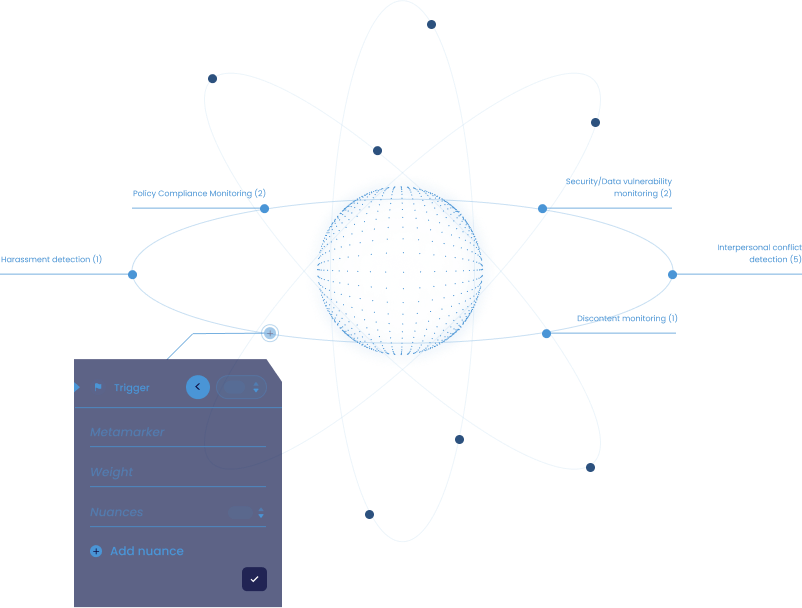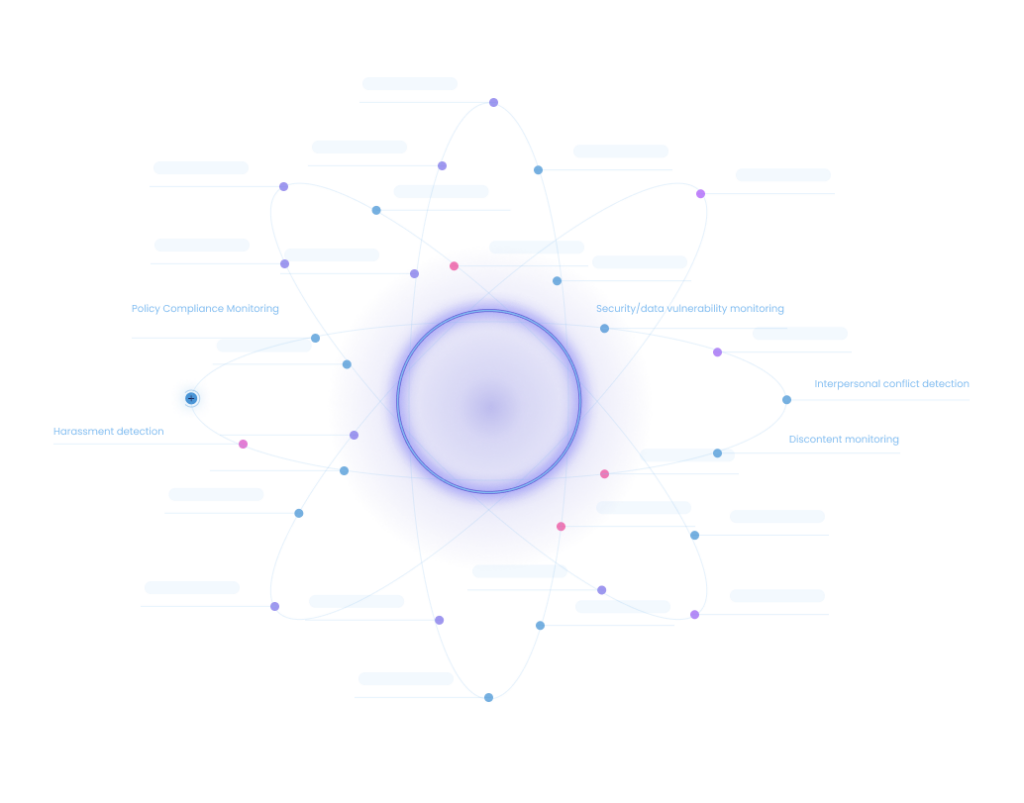📐 b_BLUEPRINTS
Turning institutional knowledge into structured frameworks decoding complex behaviours and surface insights.
Objectively highlight interaction patterns with a human-centered approach.blankstate's continual self-tuning model allows perpetual alignment whilst behaviours evolve or new cases emerge. Blueprints are living frameworks that can flexibly accommodate the dynamics of people and culture over time through Mind Architects and other experts' designs.
The result is AI that moves beyond static rules to dynamically sync with the richness of human thinking and values. Blueprints enable those patterns to be captured at scale while minimizing subjective bias - creating consensus around insights that propel progress.
Blueprints
represent a shared language for aligning human and artificial cognition – how people think and behave versus how machines interpret complex priorities. By systematically encoding nuanced human concepts into structured data, blueprints help train AI models for precision tracking against organizational ideals.
Structured frameworks for quantifying various cognitive patterns created by Mind Architects, Blueprints allow codifying concepts like policies, procedures, values and behaviours into interactive assessments powered by AI.
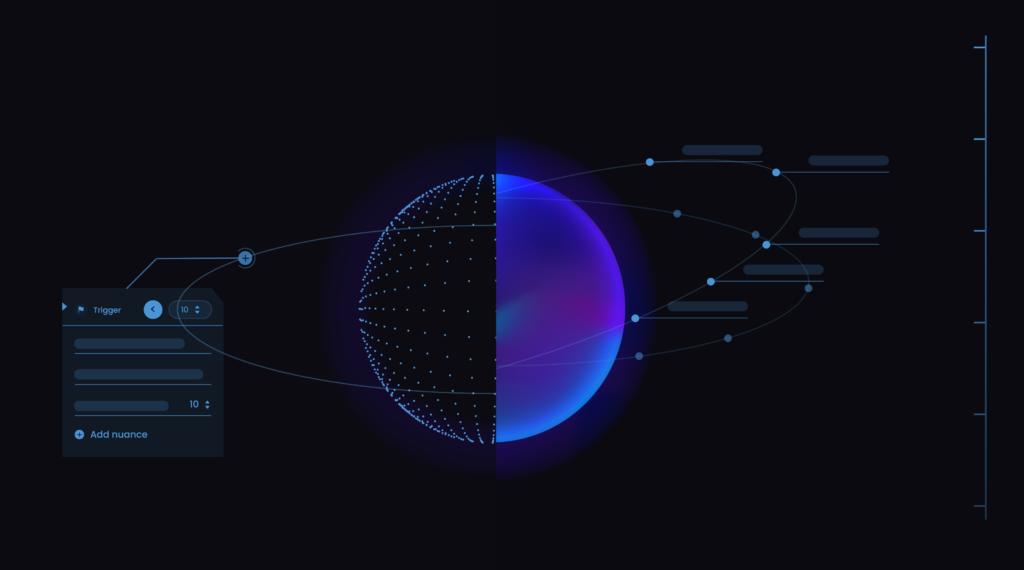
As a quantification framework, these Blueprint components allow Mind Architects to accurately calibrate interactive models that align to unique organizational needs around ethics, conduct, performance and more. The Blueprinting language enables portable assessments that remain consistent across different interaction modalities.
Gradients
defined as a 1 dimensional Scale representing your required output.
- Scales define measurement thresholds aligned to organizational or personal priorities, from areas of concern to positive indicators.
- Gradients facilitate benchmarking through a common rubric.
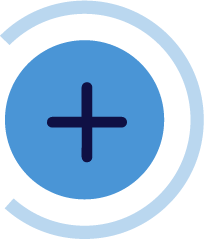
Metamarkers
are the Core of the Blueprint and define core Concepts wrapping your Use Case.
- They can be scaled to an infinite number expecting same accuracy and speed.
- Distinct segments into which broader concepts are divided for analysis. For example, a policy may have meta markers around comprehension, interpretation, exceptions and enforcement.

Nuances
are written interactive cues inside each Metamarker.
- Specific traits of thinking and behaviour mapped to each marker that are assessed during dialogues. Nuances capture granular metrics that roll up into metamarker scores.
Weighting: Relative importance assigned to different meta markers based on organizational emphasis and objectives. Weighting allows tuning of overall signal priority and sensitivity.
Batch || Stream


